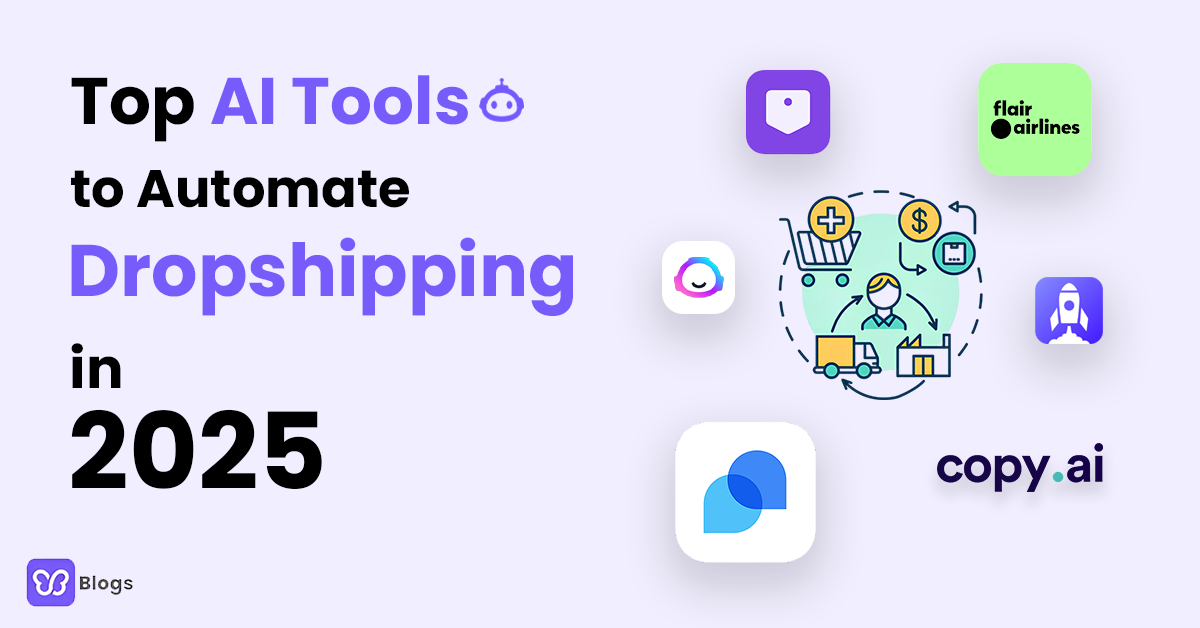Are you tired of your marketing efforts falling flat and your customers feeling like just another face in the crowd? It's time to shake things up with personalized marketing!
In this blog, we're going to tackle the problem of generic campaigns head-on, agitate your marketing frustrations, and provide you with the ultimate solution to captivate your audience like never before.
Picture this scenario: you spend countless hours crafting the perfect marketing message, only to receive lackluster responses and a sea of crickets. It's disheartening, isn't it?
Traditional one-size-fits-all marketing just doesn't cut it anymore. Your customers crave personalization, and if you don't deliver, you risk losing their attention and their business.
But here's the thing: your competitors have caught on to the power of personalized marketing. They're swooping in, tailoring their messages to individual customers, and stealing the spotlight. It's like they have a secret weapon that keeps them one step ahead, while you're left in the dust, wondering how to level the playing field.
Fear not, because we have the solution you've been searching for!
This comprehensive guide will equip you with the knowledge and strategies to unleash the full potential of personalized marketing. We'll show you how to segment your customer base and create detailed customer personas that bring your audience to life.
We'll dive deep into the world of data and technology, arming you with the tools to collect and manage customer information like a pro. Learn how to leverage customer relationship management systems and tap into the power of artificial intelligence and machine learning.
So, if you're ready to revolutionize your marketing game, leave your competitors in awe, and create unforgettable experiences for your customers, this guide is your roadmap to success. Say goodbye to generic and hello to personalized marketing that packs a punch.
Let's dive in and make your campaigns shine like never before!







